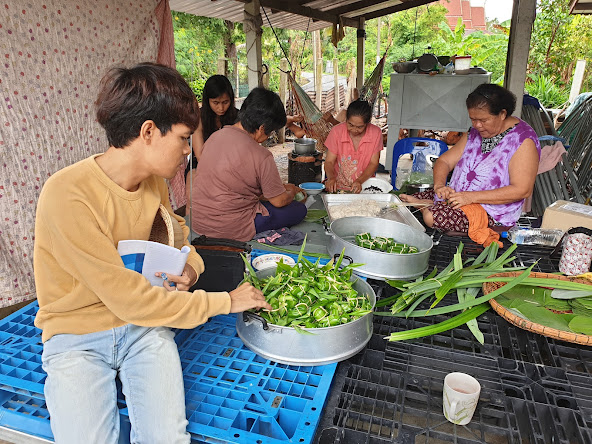A Short Summary of Intercultural Communication III
I had read a good journal of intercultural communication written by Jens Allwood and finally came up with a short summary of it. I hope you enjoy reading.
 |
| Photo credit: |
1) Common communication activities include:
- Greetings
- Introductions
- Identification of problems / desires
- Information gathering
- Suggestions
- Discussion
- Conclusions / agreements
- Summary
- Leave-taking
2) Artifacts (วัตถุที่เกิดจากฝีมือมนุษย์ / สิ่งประดิษฐ์) involve communication aids and media used in the communication.
3) Types of pre-understanding
- Realia: geography, history, religion, food, clothes and nourishing traditions.
- Esthetic culture: music, art and fiction.
- Expert knowledge: roles, tools and activities with special area subjects
4) Two approaches to investigate people's attitudes:
4.1 Use direct observation, interviews and questionnaires.
4.2 Use a historical analysis of the different influences in a certain culture. The analysis refers to nature and climate, resources, technology, perception density, types of activities, types of behavior and ideological influences.
5) Pluralism and integration involve segregation (การแบ่งแยกเชื้อชาติ ศาสนา หรือวัฒนธรรม), coercive and defense mechanisms (กลไกบีบบังคับและควบคุม), centripetal force (force pressing from the periphery toward the center) and centrifugal force (force from the center toward the periphery).
Key words
1. Pluralism means a society in which people with different races, religions and cultures live together.
2. Body communication = nonverbal communication
3. Intonation, from Longman, means the way in which the level of your voice changes in order to add meaning to what you are saying.
4. Turn-taking, from Wikipedia, means the process by which people in a conversation decide who is to speak next depending on both cultural factors and subtle cues.
5. Integration is the combination of two or more things so that they work together perfectly.



ความคิดเห็น
แสดงความคิดเห็น